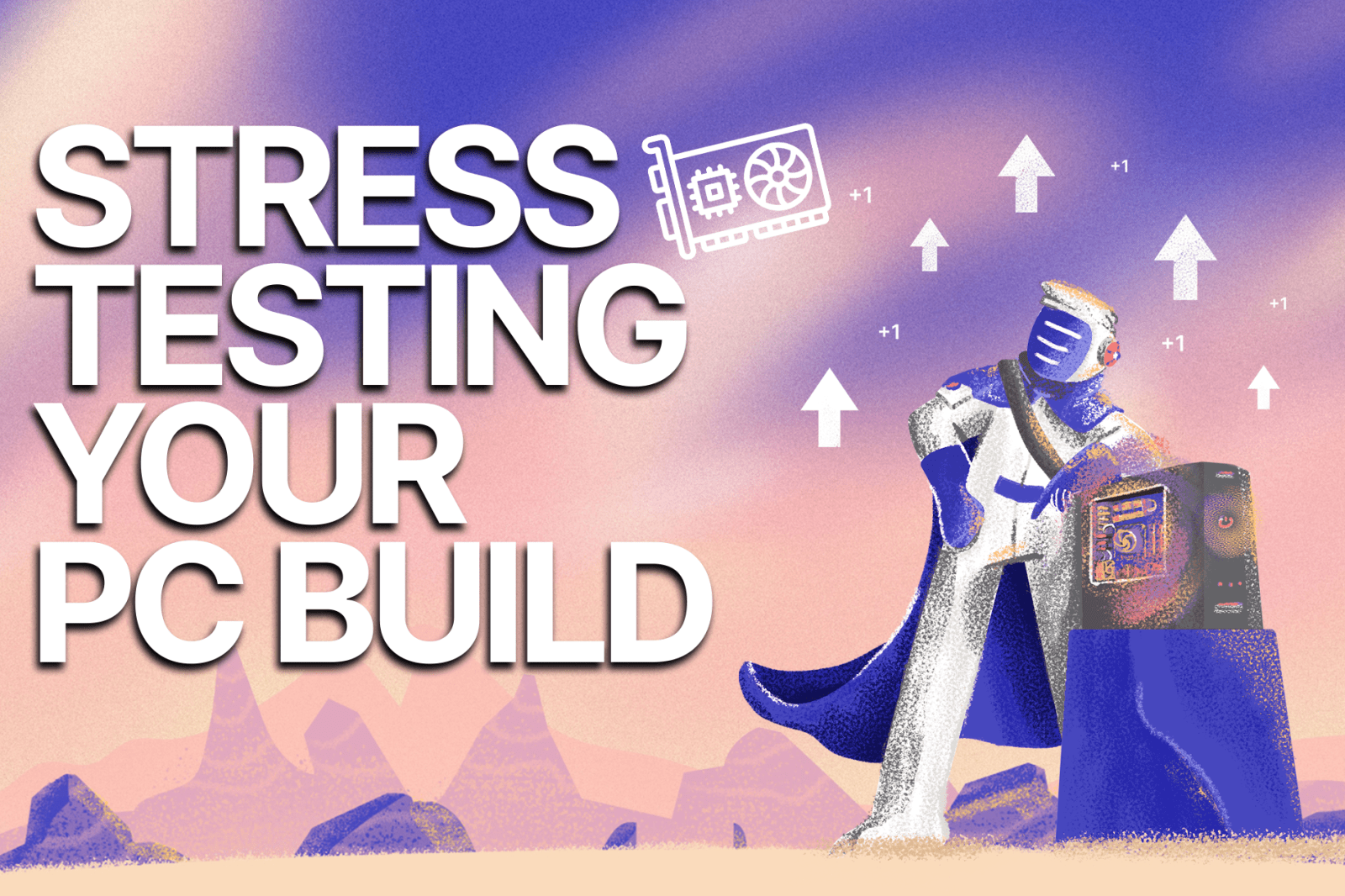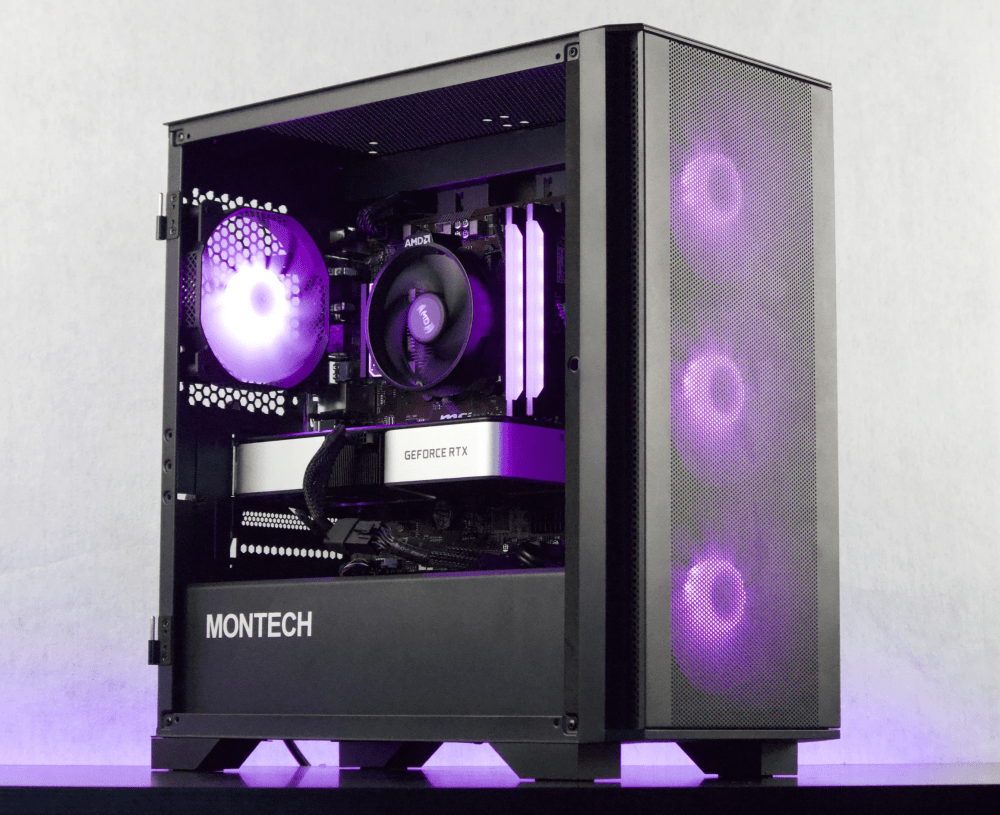Are you in the business of selling gaming PCs? Ensuring that your customers receive a top-notch product is crucial for maintaining a positive reputation and ensuring repeat business. One vital step in this process is stress testing your gaming PC before shipping it off to its new owner. By thoroughly testing your PC, you can minimize the risk of customer issues and increase your chances of a successful sale. In this guide, we'll walk you through a simple checklist using free software to ensure your gaming PC is in prime condition before it reaches your customer's doorstep.
Introduction: The Importance of Stress Testing
Before we delve into the specifics, let's understand why stress testing is essential. Stress testing involves pushing your gaming PC to its limits to identify any potential hardware issues or weaknesses. By simulating heavy workloads and gaming scenarios, you can uncover problems such as overheating, stability issues, or faulty components before they become a problem for your customer.
1. Getting Started with HW Monitor
To begin the stress testing process, download HW Monitor from cpuid.com. This software allows you to monitor temperatures and usage percentages for each component in your PC. Before running any tests, ensure that the idling temperatures for both the CPU and GPU are within a comfortable range.
2. Stress Testing the CPU
Start by stress testing the CPU using Cinebench R23, available from maxon.net. This benchmark tool pushes your CPU to its limits, allowing you to assess both its performance and the effectiveness of your cooling solution. Monitor temperatures closely during the test to ensure they remain stable.
3. Stress Testing the Graphics Card
Next, it's time to stress test the graphics card, a crucial component for gaming performance. Utilize benchmark software such as Heaven or Superposition Benchmark from unigen's website. Monitor for artifacting or abnormal temperatures to ensure the GPU is functioning optimally under load.
4. Testing RAM with Memtest86
While often overlooked, testing your RAM is essential for ensuring system stability. Use Memtest86 from memtest86.com to stress test and error-check your RAM configuration. Although time-consuming, this step can help avoid memory-related issues down the line.
5. Putting It All Together with 3DMark's Time Spy
Finally, combine all individual stress tests by running 3DMark's Time Spy benchmark. This comprehensive test simulates real-world gaming scenarios, allowing you to evaluate overall system performance and stability.
Additional Tips for Streamlining the Process
- Consider storing stress test software on an external flash drive or network-attached storage (NAS) device for easy access.
- Experiment with alternative stress testing software such as Prime95, Furmark, or PCMark to find what works best for your setup.
- Join online communities like the Jawa Discord server for further assistance and software recommendations.
Conclusion
Stress testing your gaming PC before selling it is a crucial step that can help you avoid potential issues and ensure customer satisfaction. By following this comprehensive guide and utilizing free software tools, you can confidently ship out high-quality gaming PCs to your customers, fostering trust and loyalty in your brand. If you have any questions or suggestions, feel free to join the Jawa Discord server for further discussion. Happy testing!






